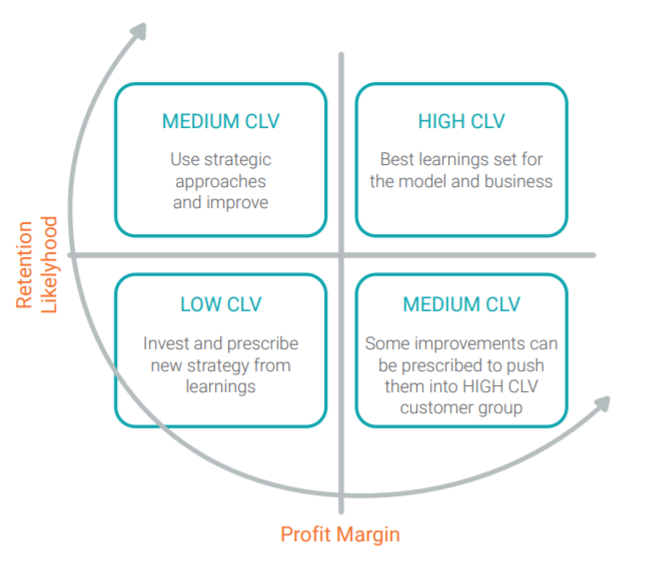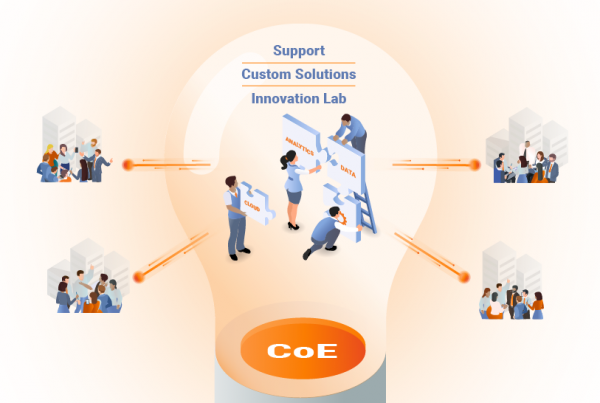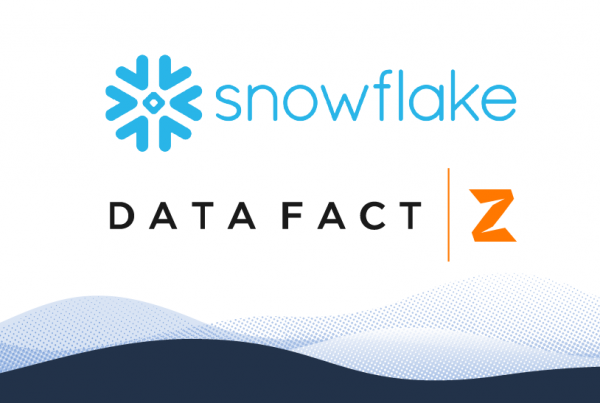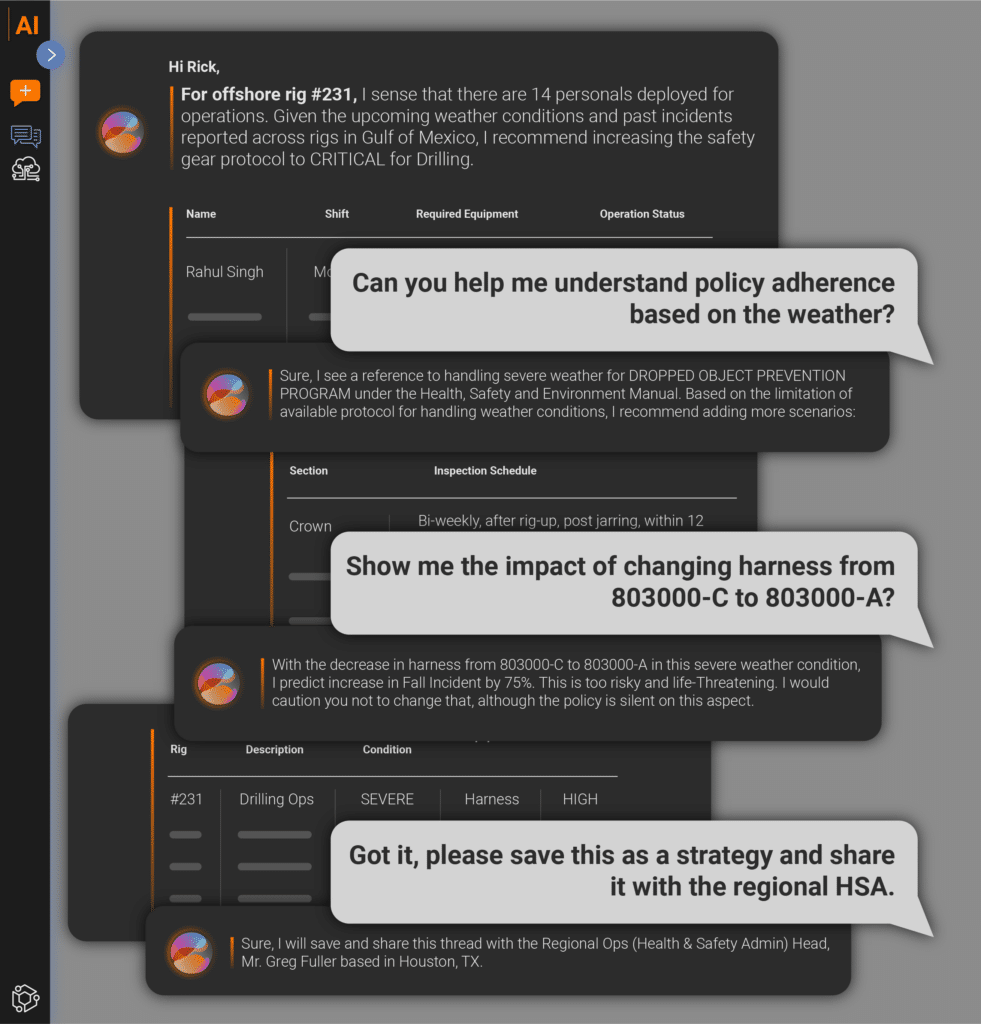Most of the companies believe and understand that data and new technologies will benefit their business, to be at par in the edge-cutting competition. If there is still a doubt about how the data and analytics can help improve your business? Then the answer is simple, it will help improve the customer experience and grow the Customer Lifetime Value (CLV).
The current market is customer-centric, it is important to know the customer’s lifetime value. It helps the industries to concentrate their further activities around the most profitable clients. The better a business understands the Customer Lifetime Value, the better the business will succeed in retaining the customers.
Predicting customer lifetime value is an important milestone in marketing analytics. Businesses can use CLV prediction on their clients or can even segment them based on the predicted value. It also helps to prioritize the business strategies. Companies and industries across the world are investing in data and analytics for a better calculation and prediction of CLV. Before, diving deep into CLV, let’s start with knowing what is CLV.
What is Customer Lifetime Value?
It is a total of customer profit value to the company throughout the time a person is a customer. This includes things such as money spent or willingness to spend and potential referral value for other prospective clients.
CLV helps to predict the overall profit that can be expected from a customer so that the company can easily determine how much to invest in them. It also provides insights into whether the client is willing to renew the contract and if yes, then how much you could cross/up-sell to the client. An effective CLV calculation will help the business to improve its strategies to attract new clients, retain the existing ones, and maximize profit margins.
How data analytics improves customer experience?
According to a report from Forbes:
“60% of the enterprises use real-time customer analytics to improve their customer experience. Improving the customer experience helps to improve customer retention and loyalty by 58%. It is where the real-time customer analytics delivers the best business value.”
The market leaders use a common approach of using data that is, they focus on “customization from the beginning: from customer touchpoints back.” The biggest customer-centric brands say that when their employees and systems know everything about the customer over time, then they can provide better service and support.
The below figure is a quadrant of CLV that showcases profit and retention. This quadrant helps the analytics team to categorize when they are assessing the customers.

The professionals involved in CLV start by gathering the data from every possible source such as websites, in-app browsing, marketing interactions, social media platforms, customer supports, and chats. It helps to get a 360-degree view of every customer. A few companies collect such information and have a customer-focused dashboard so all the concerned departments can access it while attending to a customer. While a few other companies use Machine Learning to train their interfaces to respond the customer queries using natural language within the business interaction context.
For instance, an intelligent voice response system can revamp the way a restaurant chain works. It can automate the reservation system, through which the customers can quickly confirm, cancel or reschedule the reservation. In the meantime, this also provides valuable information to the restaurateurs. Similarly, an application or a website for real-estate work can apply the data insights to grab a quick and meaningful connection between the buyer and the seller. Improving the customer experience from time to time has kept the customers happy and loyal.
Why focus on Customer Experience?
Recently, artificial intelligence (AI), big data, and algorithms have gained a lot of attention and became a blessing for companies with huge datasets. However, the experts suggest to “start small and go forward strategically to achieve your goal.” For instance, companies like Uber generate a huge amount of data, by knowing only a few things like- who needs a ride, and which driver is nearby. This is the base of their business, and this is how they are disrupting the whole taxi industry.
Data is amazing!!!
Analyzing the data to come up with a new business strategy is a thing. But working with enormous data isn’t that easy: as there is no one-time solution. Instead of spending on technologies that you are new! Start investing in thinking about figuring out which data will help you solve your most challenging business problem.
Once you understand you problems that you want to overcome, take the next step and call us!







